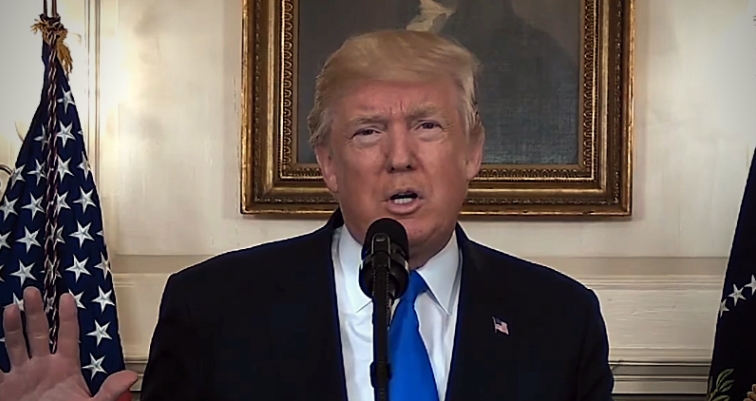How meditation works: It synchronizes key regions in the brain, improving cognitive functions
11/28/2017 / By Zoey Sky

Meditation can do more than help you relax after a long day. According to an article by Christina Sarich at the Waking Times, several Boston University researchers have discovered how to activate the two areas of the brain that can “turbo charge” cognitive functioning, or certain cerebral processes that pertain to knowledge and how we receive and make use of this information.
This is where meditation comes in. Aside from increasing whole brain functioning and enhancing the firing of neurons in the two mentioned cortices, meditative practices will also help enhance other brain areas. Other studies have also proven that with regular meditation, the brain can undergo drastic changes that will result in whole-brain synchronization. (Related: Meditation improves cognitive skills in just four days.)
Thanks to this study from the Boston University, we now have additional proof that the “whole brain approach” is more effective when it comes to learning and problem-solving.
While a regular individual is either left- or right-brain dominant, Westerners are often left-brain dominant. We are often pursuing academic excellence, but this can eventually spell a deficiency in the spiritual side of our nature, which requires right-brained/whole-brained thought processes.
A whole brain approach and left-brain dominance
Two brain regions, the medial frontal and lateral prefrontal cortices, manage the bulk of executive function. The research findings have revealed that once these two key regions were successfully synchronized, the participants in a study showed improved brain functioning. They also displayed enhanced communication skills and a steadier control over their emotional reactions.
On the other hand, de-synchronization of the cortices resulted in slower brain function.
This intrigued the researchers, who wondered if their findings had anything to do with left- or right-brain dominance.
With the help of high-definition transcranial alternating current stimulation (HD-tACS), oscillations in the medial frontal and lateral prefrontal cortices were synchronized, and this made way for quicker neurotransmitter firing.
Boston University’s Assistant Professor of Psychological and Brain Sciences, Robert Reinhart, was the lead researcher for the study and he shared that the medial frontal cortex is the “alarm bell of the brain.” He added that when we make mistakes, “this brain area fires. If I tell you that you make an error, it also fires. If something surprises you, it fires.”
The study, which was published in the journal Proceedings of the National Academy of Sciences (PNAS) on Oct. 9, posits that with sufficient electrical stimulation, individuals can experience either a decrease or an increase in executive functions. This can also change their behavior.
Three simple meditation tips for beginners
Take advantage of the numerous benefits of meditation and try out these three easy meditation techniques from the Huffington Post. Beginners can experiment by:
- Nurturing novel experiences – This technique involves going through certain events with a fresh perspective. For example, when meeting your significant other at the end of a long day, imagine that this is the first time that you’re seeing them after a month. While you are “faking” the experience, this technique helps keep things in perspective. Life is short, and novel experiences can help us value the time we spend with our loved ones more.
- Walking the meditation – A simple and traditional technique, walking meditation is perfect for anyone who’s burdened by stress. Once you find a space outside, start walking leisurely and pay attention to where your feet take you. Take in the feeling of your toes meeting the ground and concentrate on each step. Walking meditation improves your noticing abilities, which can help you “be more present” and focused.
- Being grateful – Instead of panicking about unfinished work tasks or heavy morning traffic, think of a loved one who makes each day brighter. Think of how they make you smile and remember a feature of theirs that you like, then send them positive thoughts and thank them for being in your life. Keep doing this for at least five people you’re grateful for. You can do this easy meditation technique while waiting at the bus stop or during your coffee break.
Sources include:
Tagged Under: awakening, awareness, cognitive function, gratitude, health, Meditation, meditation benefits, mental health, mind body, natural health, relaxation, whole brain synchronization




















